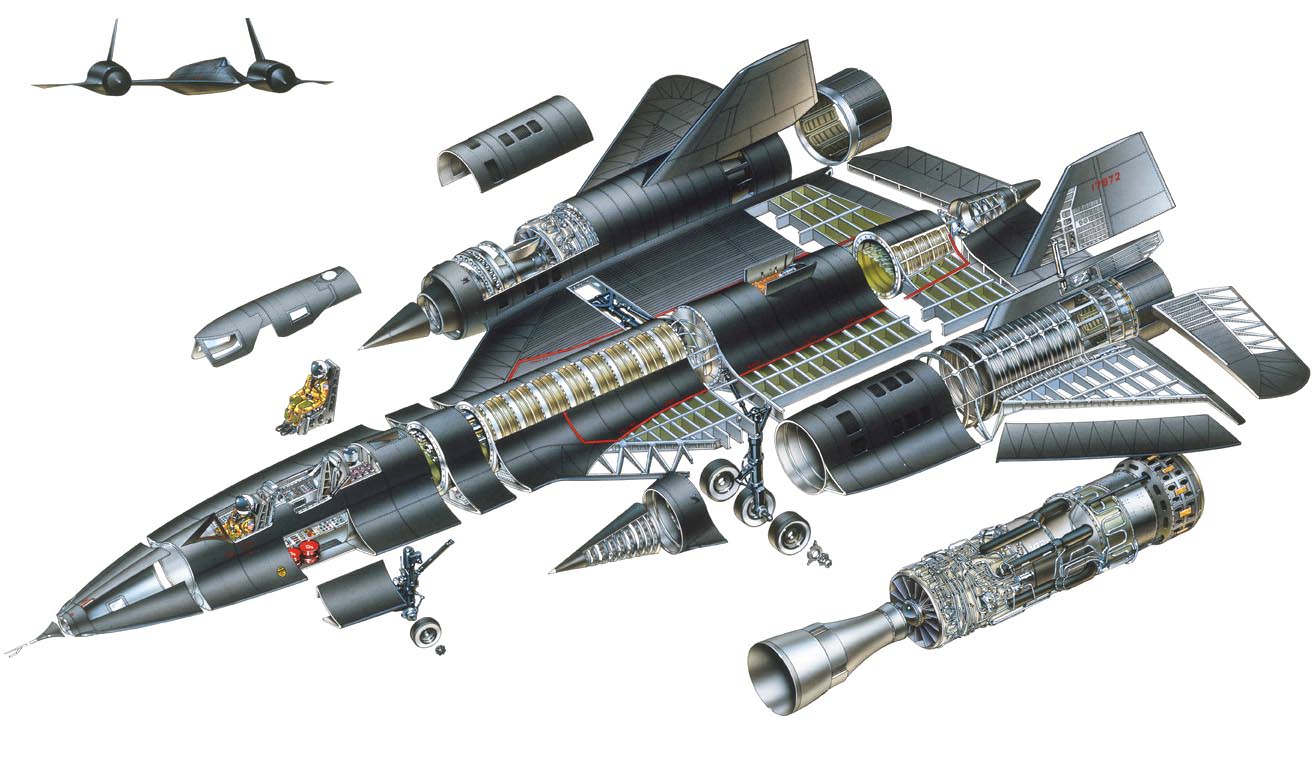Titanium In Aerospace Application

Welcome to another programme of Stanford Advanced Materials. Today, host Eric Smith interviews Dr Sarah Mitchell, a materials science expert specialised in aerospace applications. Dr Sarah Mitchell explains the use of titanium in modern aviation and space exploration.
Dr Sarah Mitchell outlines the development of titanium alloys. Titanium alloys have a strength-to-weight ratio approximately 40% greater than that of steel alloys. Data show that they reduce corrosion rates by about 25% in controlled laboratory tests.
Do you require further technical details on titanium applications in aerospace? Send an inquiry or connect with us on our social media channels.
Welcome to Stanford Advanced Materials! I’m your host, Eric Smith, and today we’re exploring the incredible role of titanium in the aerospace industry. This lightweight yet strong metal is fundamental to modern aviation and space exploration. To help us understand its importance, we’re joined by Dr. Sarah Mitchell, an expert in materials science with a focus on aerospace applications. Dr. Mitchell, thank you for joining us!
Thanks for having me, Eric! Titanium is such a fascinating material, especially in the context of aerospace. I’m excited to dive into its various applications.
Let’s start with the basics. Why is titanium so valued in aerospace?
Titanium’s strength-to-weight ratio is one of its biggest advantages. It’s lighter than steel, which helps reduce the weight of aircraft and spacecraft, leading to better fuel efficiency. Despite being lighter, it’s stiffer than aluminum, providing the necessary strength for structural components that must endure high stress and harsh conditions.
And corrosion resistance plays a role as well, right?
Absolutely. Titanium’s excellent corrosion resistance is crucial for aerospace components exposed to extreme environments, like saltwater and the vacuum of space. This makes it indispensable for long-term durability and safety in both aircraft and spacecraft.
How have titanium alloys evolved in the aerospace industry?
Titanium alloys have been crucial since the 1950s. Alloys like Ti-6Al-4V maintain their strength at high temperatures, which is essential for jet engines and airframes. These alloys allow critical components to withstand intense heat and pressure without degrading.
Titanium’s role in space exploration is significant too, isn’t it?
Yes, very much so. Since the Apollo Program, titanium alloys have been used in spacecraft for their lightweight and high strength. For example, the Ti-3Al-2.5V alloy, designed for cryogenic conditions, remains tough even at extremely low temperatures, making it essential for space missions.
Working with titanium has its challenges, though, right?
It does. Titanium is highly reactive at high temperatures, particularly with oxygen and nitrogen, which requires specialized processing techniques to prevent contamination. Despite these challenges, the benefits in aerospace far outweigh the difficulties.
As aerospace technology advances, what’s the future of titanium?
Titanium’s role will only grow as technology advances. Its unique properties make it irreplaceable in the industry, and future innovations in alloys and processing techniques will likely expand its applications even further.
Thank you for sharing your expertise, Dr. Mitchell. It’s clear that titanium is not just a material of the present but one that will continue to shape the future of aerospace.
It’s been a pleasure, Eric. Titanium truly embodies innovation in aerospace.
To our listeners, thank you for tuning in to Stanford Advanced Materials. If today’s discussion sparked your interest, be sure to subscribe for more insights into the materials driving technological advancements. Until next time, keep exploring the fascinating world of advanced materials!

 Bars
Bars
 Beads & Spheres
Beads & Spheres
 Bolts & Nuts
Bolts & Nuts
 Crucibles
Crucibles
 Discs
Discs
 Fibers & Fabrics
Fibers & Fabrics
 Films
Films
 Flake
Flake
 Foams
Foams
 Foil
Foil
 Granules
Granules
 Honeycombs
Honeycombs
 Ink
Ink
 Laminate
Laminate
 Lumps
Lumps
 Meshes
Meshes
 Metallised Film
Metallised Film
 Plate
Plate
 Powders
Powders
 Rod
Rod
 Sheets
Sheets
 Single Crystals
Single Crystals
 Sputtering Target
Sputtering Target
 Tubes
Tubes
 Washer
Washer
 Wires
Wires
 Converters & Calculators
Converters & Calculators
 Write for Us
Write for Us
